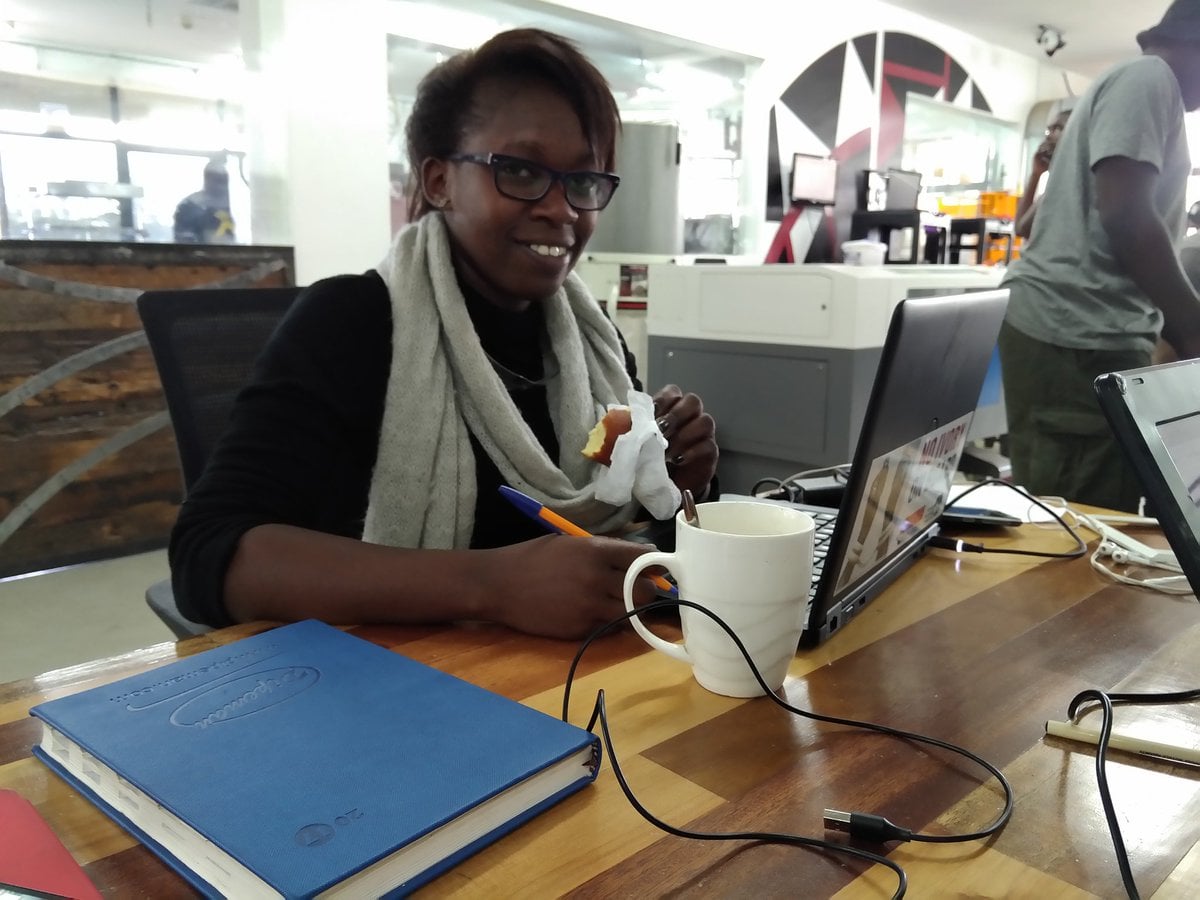
The Global Innovation Index (GII), which measures growth in the multi-faceted dimensions of innovation, placed Kenya among the top 5 most innovative countries in Sub-Saharan Africa in 2017. In East Africa, Kenya was in the lead with a score of 31 points, followed by Tanzania (28), Rwanda (27), Uganda (27) and Burundi (21) according to the survey.
Kenya’s advancements in FinTech, Telecoms, and other sectors, have been lauded across the continent and around the world. Yet to maintain this upward trajectory, a balanced regulatory framework and support from a diverse set of actors will be critical to eliminate the risk of slowing innovation.
In the fiscal year 2016/17, the Kenyan Government spent Sh3.5 billion (equivalent to 0.05 per cent of its gross domestic product or GDP) on research, science, technology and innovation combined. The adoption of the Science, Technology, and Innovation Act 2013 prioritises the development of science, technology and innovation through the Kenya National Innovation Agency, the National Research Fund (NRF), and the National Commission for Science, Technology and Innovation. The Act also provides that the Kenyan Treasury should allocate two per cent of the country’s GDP to the NRF, which is yet to become a reality.
Apart from funding, Kenyan entrepreneurs often lack dedicated resources that are critical for product design and development.

Many entrepreneurs in the country have an abundance of brilliant ideas, but lack the tools and space to design and make products, and the training and mentorship to advance their enterprises. For hardware entrepreneurs, it is especially difficult to develop polished prototypes that can attract external investment and drive business growth.
With an eye on this market gap, Gearbox, a centre for hardware prototyping, stepped in to provide entrepreneurs with the appropriate tools and training that will improve their creative journey. With a financial grant from the Autodesk Foundation and donated software from Autodesk, Gearbox can provide mechanical and electrical engineers and makers with the software and training they need to create – while saving them time and money.
Founded and facilitated by qualified engineers and certified trainers, Gearbox provides a space for individuals who are skilled but do not have access to the kind of machinery that they need to make their products. Members have access to welding equipment, 3D printers, CNC machines, laser cutters and more.
The rapid evolution of technology is disrupting almost every industry providing Kenyan entrepreneurs with significant benefits in terms of cost savings and improved design and development. In the world of engineering, makers can shave off half the time spent on analysis and decision-making by leveraging new technologies. Reliance on traditional project management tools often results in lost productivity.
By understanding the unique needs of designers and engineers, Autodesk has built cloud collaboration tools geared for design and engineering projects.
The mechanical lead at Gearbox is Brenda Livoi. She graduated in mechanical engineering from University of Nairobi and now occupies one of the top positions at Gearbox. Though it is a position that she derives immense fulfillment from, she remains one of the few women in this kind of leading role in the sector.
Several start-ups addressing different societal needs are leveraging modern tools and space provided by Gearbox and are achieving success and things are improving, in terms of the number of women marking their territory in this field.
The EsVendo Project is a good example. Created by Kenyan social entrepreneur Esther Mwangi, it aims to increase women’s access to low cost sanitary products through the introduction of custom vending machines for as little as ten shillings. The project targets rural and urban settlements that have limited access to shopping malls, hospitals, and schools and has created a local solution to an issue by leveraging specific hardware technology. In addition, EsVendo has integrated vending tools with mobile SMS technology to educate and inform customers, and lower the cost of sanitary towel delivery to women living in Kenyan slums.
For innovation to continue to flourish in Kenya, it is essential to create an environment that is conducive for entrepreneurs to make their ideas a reality. No single party can accomplish this objective alone. The public sector, private sector, and academia need to work together to cover existing gaps in physical resources, mentorship, and financing to keep fuelling the upward trajectory of innovation in the country.


















